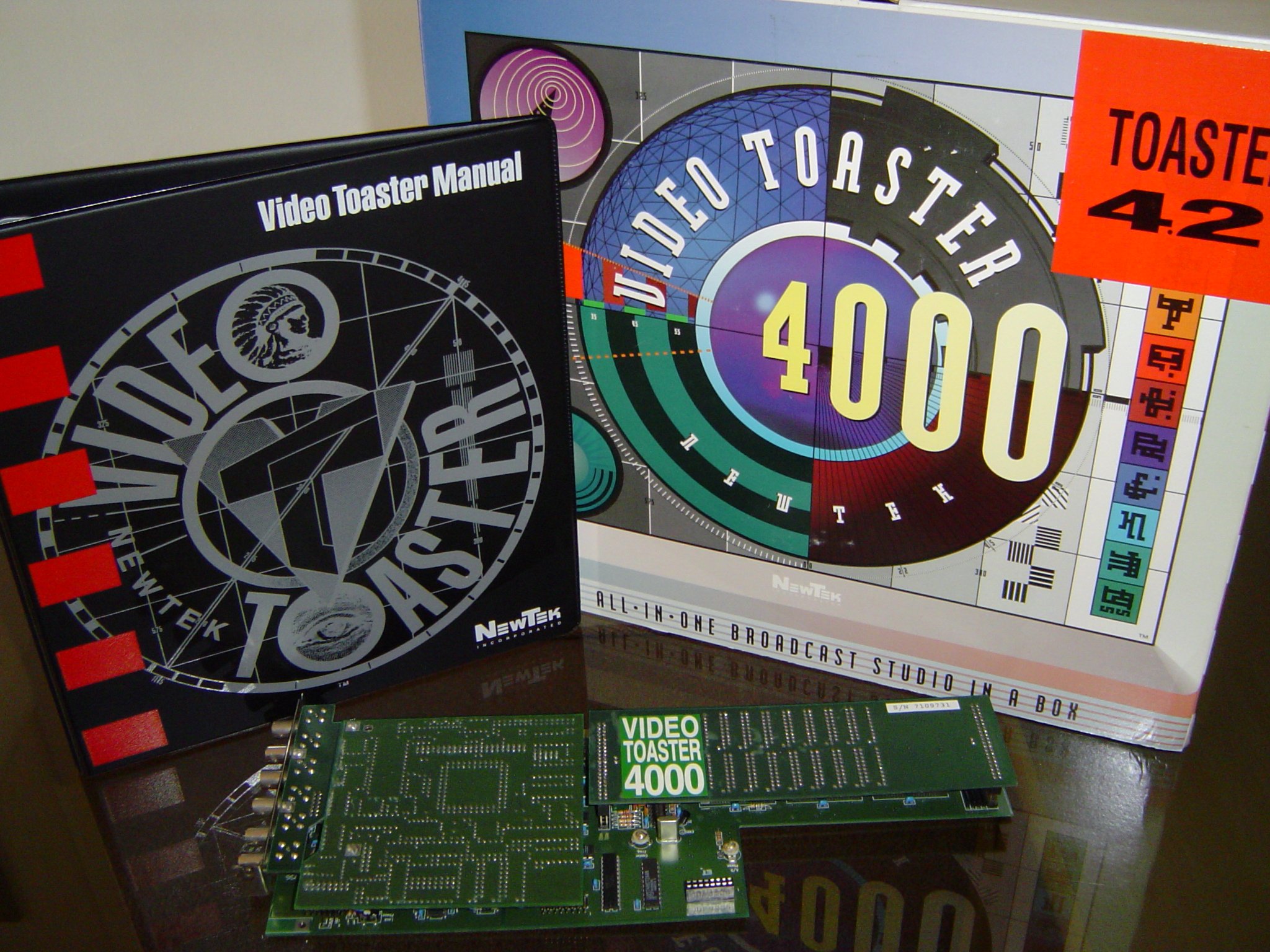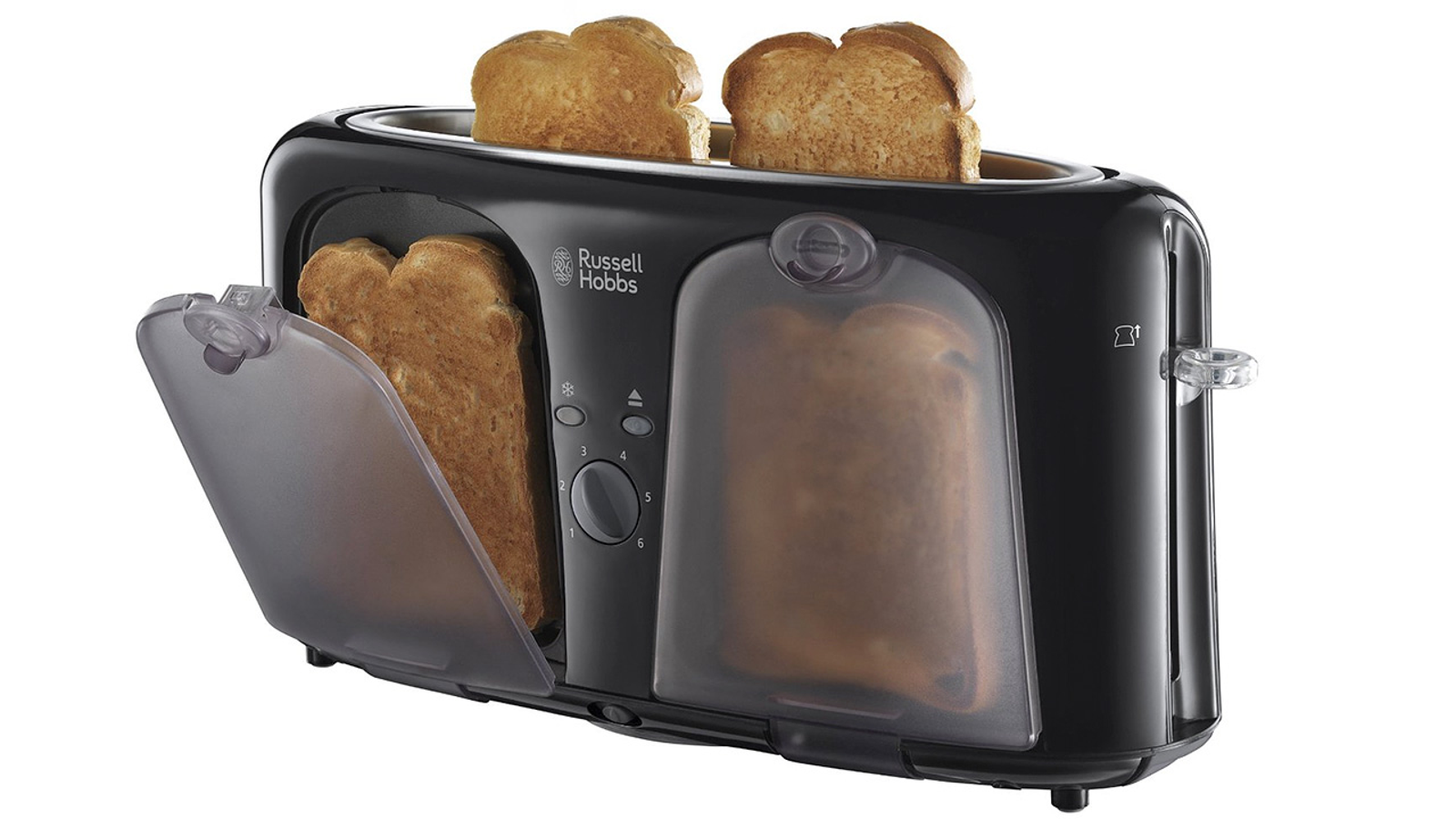
Īside from simple fades and cuts, it had a large variety of character generation, overlays, and complex animated switching effects. This program became so popular and useful in its own right that in 1994 it was made available as standalone product separate from the Toaster systems. One feature of the Video Toaster was the inclusion of LightWave 3D, a 3D modeling, rendering, and animation program. This initial generation system was essentially a real-time four-channel video switcher. The card had several BNC connectors in the rear, which accepted four video input sources and provided two outputs (preview and program).

The hardware component was a full-sized card which went into the Amiga 2000's unique single video expansion slot rather than the standard bus slots, and therefore could not be used with the A500 and A1000 models. The Amiga was unique among personal computers in that its system clock at 7.16 MHz was precisely double that of the NTSC color carrier frequency, 3.579 MHz, allowing for simple synchronization of the video signal. The Toaster was released as a commercial product in December 1990 for the Commodore Amiga 2000 computer system, taking advantage of the video-friendly aspects of that system's hardware to deliver the product at an unusually low cost 2399 USD. Many other people worked on the Toaster as it developed.

Engineer Brad Carvey (brother of American actor/comedian Dana Carvey) built the first wire wrap prototype, and Steve Kell wrote the software for the prototype. The Video Toaster was designed by NewTek founder Tim Jenison in Topeka, Kansas.


 0 kommentar(er)
0 kommentar(er)
